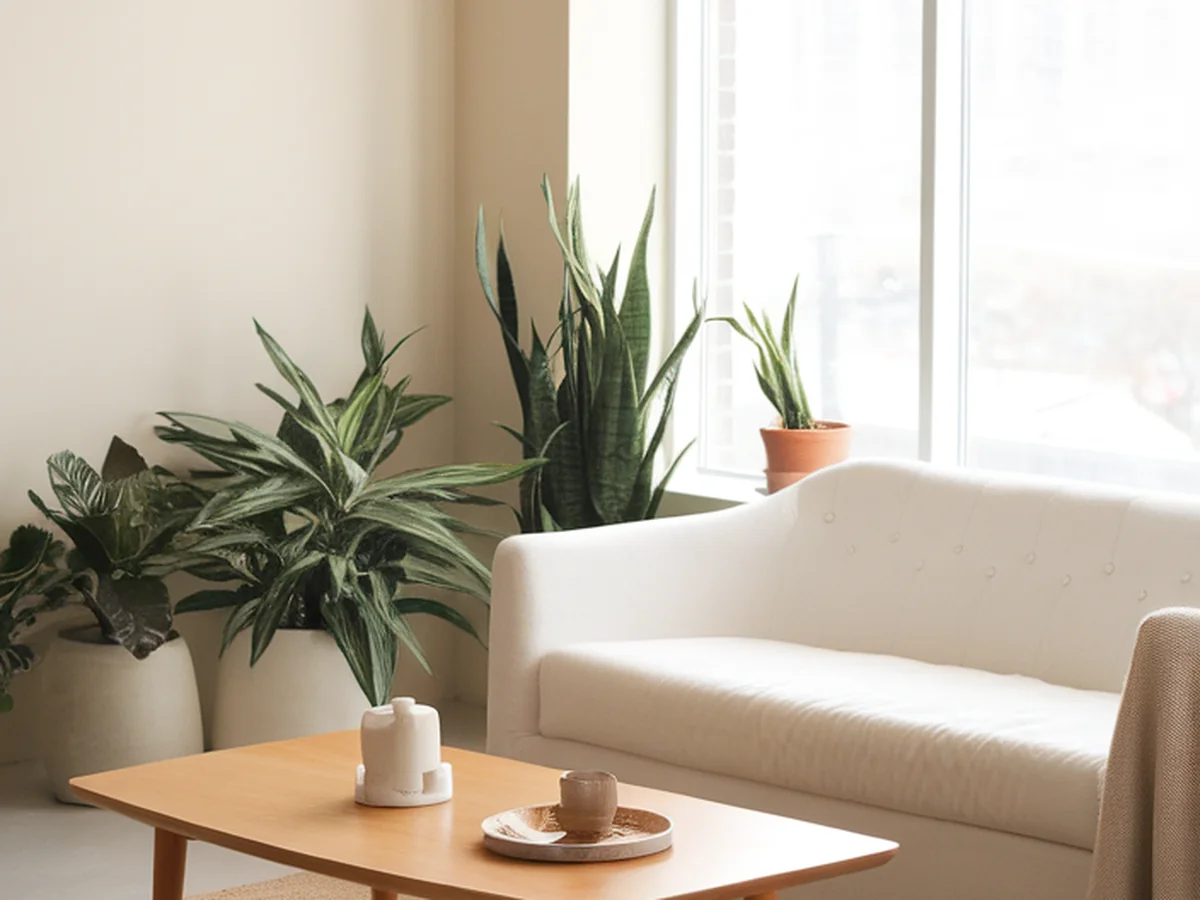Introduction
This article will explore Discover 7 Effective Minimalist Strategies for Organizing Your Home and how it relates to Lifestyle. Creating comfortable and functional spaces in our homes is essential for our wellbeing and productivity.
“The design of our spaces directly impacts our quality of life. Small changes can make a big difference in how we experience our homes.”
– Interior Design Principles
Main Concepts
When considering Discover 7 Effective Minimalist Strategies for Organizing Your Home, it’s important to focus on a few key principles that will guide your decisions and help you create the best possible outcome.
Understanding Your Space
Every space has unique characteristics and potential. Before making any changes, take time to observe how the space is currently used and identify problem areas.
Practical Strategies
Here are some practical strategies you can implement to make the most of your space:
- Start with a clear plan and measurements
- Choose multi-functional furniture whenever possible
- Use vertical space efficiently with shelving and wall storage
- Consider lighting carefully to create the right atmosphere
| Strategy | Benefit | Application |
|---|---|---|
| Multi-functional furniture | Saves space | Storage ottomans, sofa beds |
| Vertical storage | Utilizes wall space | Shelving, wall cabinets |
| Strategic lighting | Creates atmosphere | Task, ambient, accent lighting |
Design Considerations
Beyond the practical aspects, consider how color, texture, and personal touches can enhance your space and make it truly yours.
Conclusion
Implementing the strategies discussed in this article will help you transform your space effectively. Remember that creating the perfect space is a process – start with the basics and continue to refine as you live in and experience the space.
Frequently Asked Questions
What’s the first step in transforming a small space?
The first step is to thoroughly assess your current space and needs. Measure the dimensions, note architectural features, and identify what’s working and what isn’t. Consider how you want to use the space and list your priorities before making any changes or purchases.
How can I make a small space feel bigger?
To make a small space feel larger, use light colors for walls and large furniture pieces, maximize natural light, use mirrors strategically to reflect light and create the illusion of depth, choose appropriately scaled furniture, and reduce visual clutter by implementing good storage solutions.
What are some budget-friendly ways to transform a space?
Budget-friendly transformations include rearranging existing furniture, painting walls or furniture pieces, adding new textiles like pillows or curtains, introducing plants, updating lighting fixtures, or adding inexpensive wall art. Many impressive transformations can be achieved with creativity rather than significant spending.

